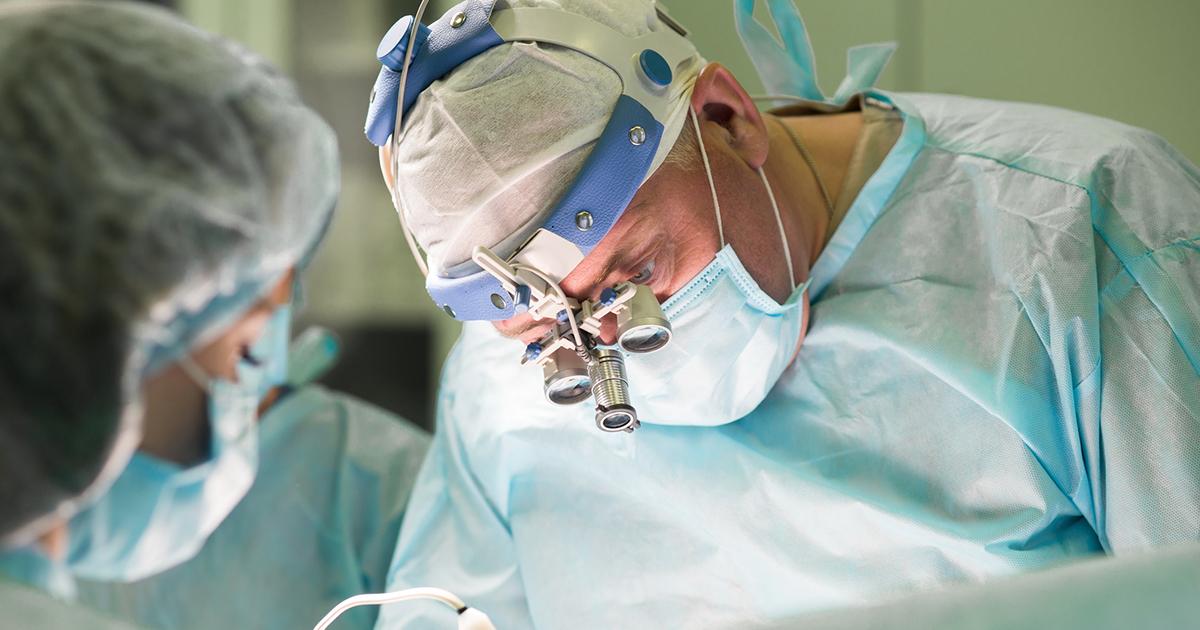How To Treat Moyamoya Syndrome
Moyamoya syndrome is a rare, progressive neurological disorder caused by the constriction of the two major arteries responsible for supplying blood to the brain. The constriction and blood clots block the flow of blood and triggers strokes. A network of tiny blood vessels develops around the arteries to compensate for this blockage and reduced flow. This network resembles a puff of smoke, hence the name 'moyamoya,' which is the Japanese word for a similar expression. These new vessels are usually incapable of compensating for the loss of blood, and temporary or permanent brain damage can occur. Prompt treatment of Moyamoya syndrome is essential because a major stroke can cause permanent loss of function.
Revascularization Surgery

Unfortunately, there's no cure for Moyamoya disease. However, surgery is often recommended to increase blood flow to the brain. Revascularization surgery is performed to bypass blocked arteries by using a direct or indirect method or a combination of both. Direct revascularization surgery increases blood flow to the brain immediately by stitching the scalp artery directly to a brain artery. There is a risk of complications with the direct method, including stroke.
Indirect revascularization procedures increase blood flow to the brain gradually over time. This type of surgery involves grafting tissue onto the surface of the brain. New blood vessels form over time for improved blood flow. The different kinds of indirect revascularization procedures include encephaloduroarteriosynangiosis (EDAS) or encephalomyosynangiosis (EMS). Surgeons can use these procedures to direct other arteries to replace the circulation of the affected arteries. New circulation is typically reestablished after a few weeks.
Continue reading to discover another treatment for Moyamoya disease now.